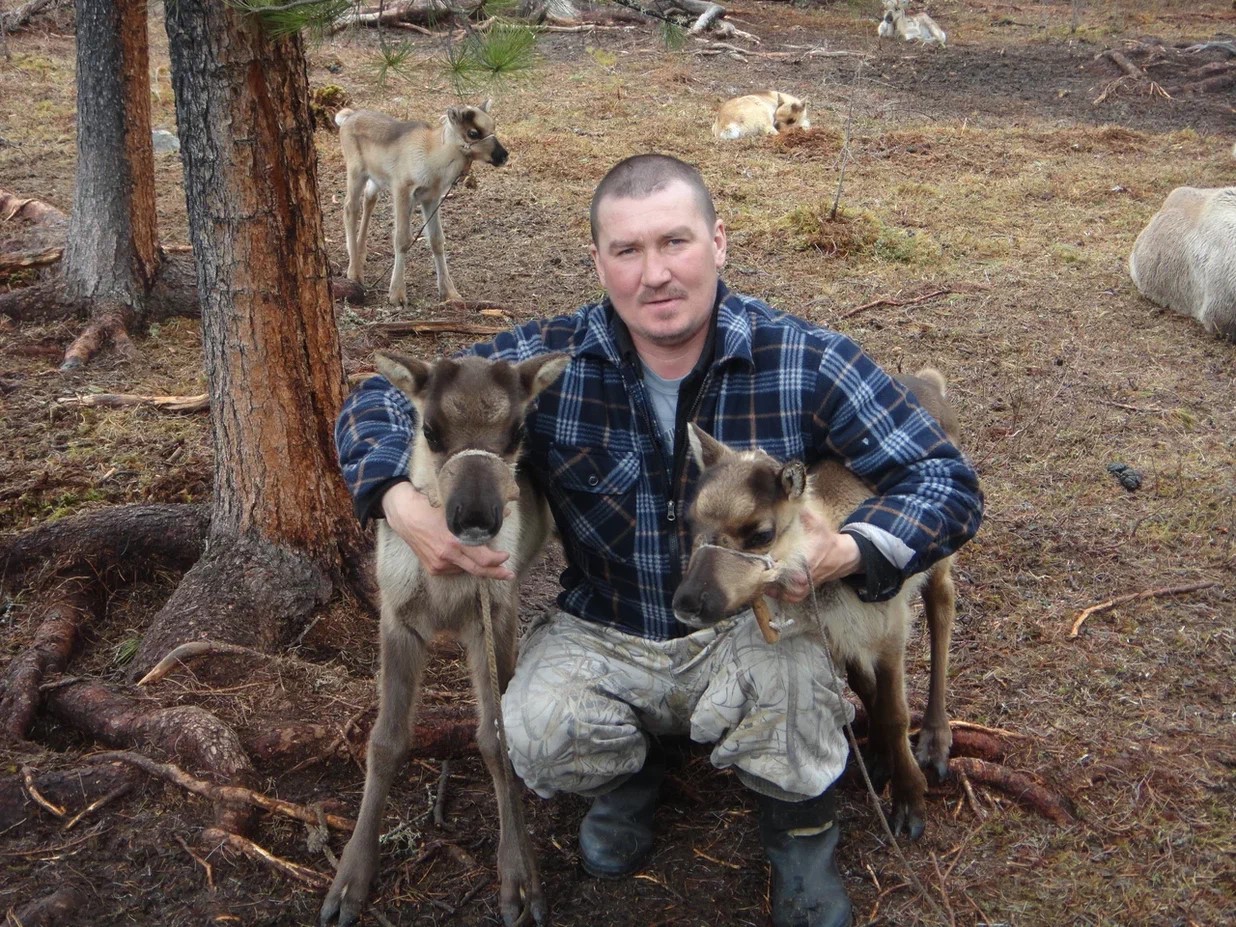|
|
Dr. Belyaeva-Sachuk
Senior Research Fellow, Arctic Research Center, Museum of Anthropology and Ethnography, Russian Academy of Sciences
|
The Tofalar. General Information: Endonyms, Ethnographic Groups, Population, and Settlement
In ancient times, a small indigenous group of the Tofalar roamed the territories of the northeastern part of the Eastern Sayan mountains. In the first half of the 20th century, they started to settle. The group name comes from the word tofa (also tyfa, typa, topa).
The total number of Tofalars, according to the 2020 All-Russian Population Census, is 721 people (321 men and 400 women).
The word “tofalar” is formed with the Turkic plural ending and means “representatives of the Tofa people” or “the Tofa people”. In the academic literature and other sources, the old name of the Tofalar was indicated as karagasy (the Karagas) and used until 1934. Currently, karagas (“black goose”) is considered a pejorative nickname, but the Tofalar themselves sometimes use it jokingly among themselves. The “Karagasniks” was also the name reserved for Russian traders, taiga dwellers, who would buy or exchange furs for essential goods for next to nothing, or give them on credit.
Until the 1920s-1930s, the Tofalar were roughly divided into three groups, each including separate clans. In the northwestern part of Tofalariya, a group of songuu aallar (the Western Aal) settled, consisting of the haash, sary-haash, and kara-haash clans, the last name being, according to Matthias Kastren, the origin of karagas. The second group, the burunguu aallar (the Eastern Aal), occupied the southeastern territory of Tofalariya. It included the clans chogdy, ak-chogdy, and kara-chogdy. In the central part, between the two groups mentioned above, there was the ortaa aallar (the Middle Aal) of the cheptey clan.
There were no significant ethnographic differences among the groups of Tofalar. The groups, when they were first mentioned, were described as relatively small. They practiced exogamous marriages between clans, and moved around on the same territory. The only differences were in the origins of the clans. The chogdu, for example, are considered descendants of the Tuvans, the haash are of Samoyed origin, and the cheptey, according to folklore, come from the Buryats. Currently, there are five Tofalar clans left: haash, sary-haash, kara-chogdy, chogdy, and cheptey. Most Tofalar, regardless of age, know their clan affiliation.
Currently, the Tofalar live mainly in the villages of Alygdzher, Nerkha, and Verkhnyaya Gutara. These villages are located in the southwestern part of the Nizhneudinsky district of the Irkutsk region. In 1939-1950, this territory was recognized as the Tofalar national district with its center being the village of Alygdzher. Alygdzher is still the largest Tofalar village, where the main cultural institutions are located. In addition to Tofalariya itself, representatives of the people live in Nizhneudinsk and Irkutsk, as well as in other cities and regions of Russia.
The Tofalar are one of the smallest Turkic peoples. The first reference to the number of Tofalar dates back to 1675, stating that there were 340 Tofalars at the time. According to the census of 1897, there were 389 Tofalar; the first census held in the Soviet Union had the number of the Tofalar at 414. According to the census of 2010, the number was 762.


























































